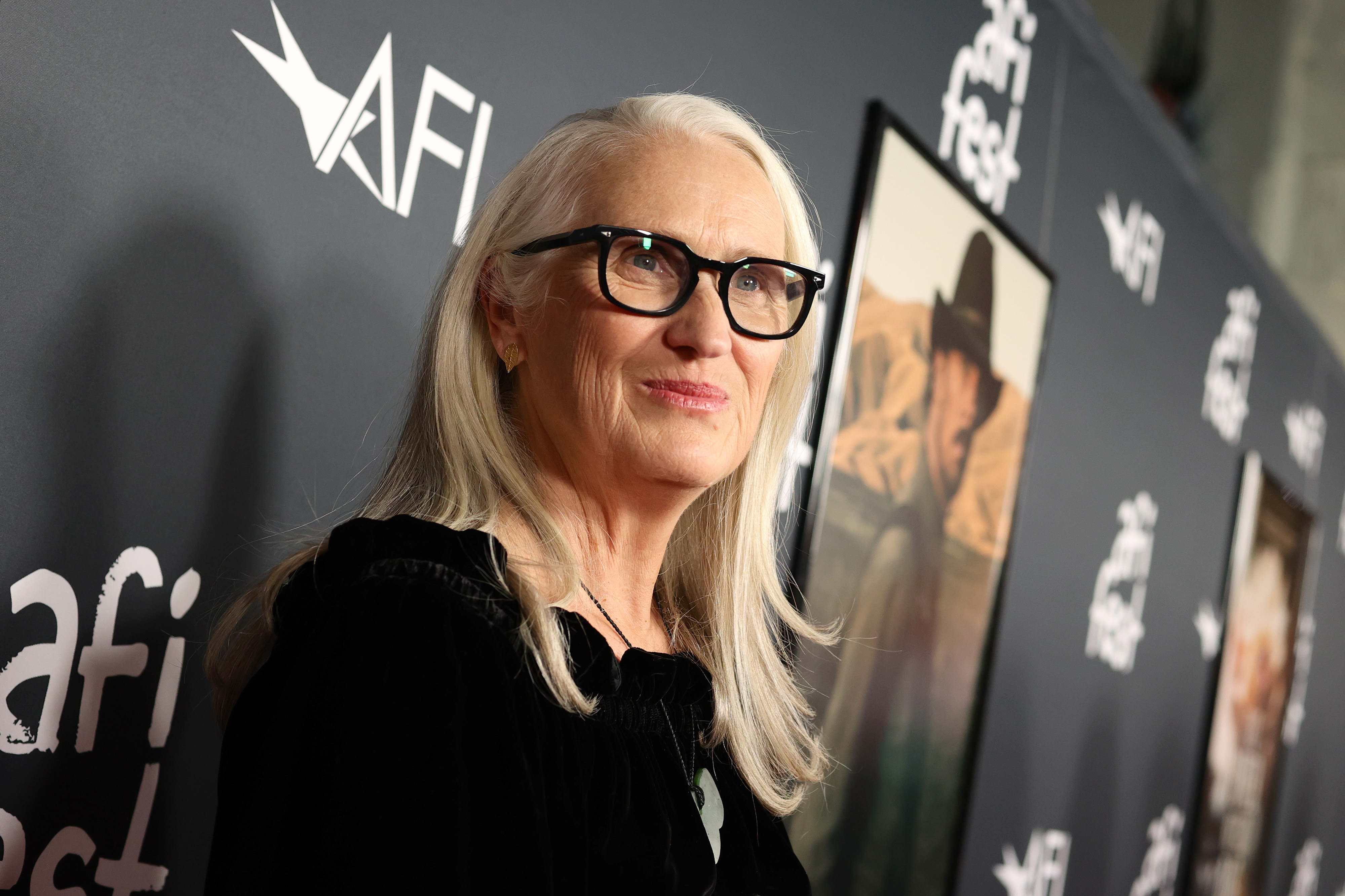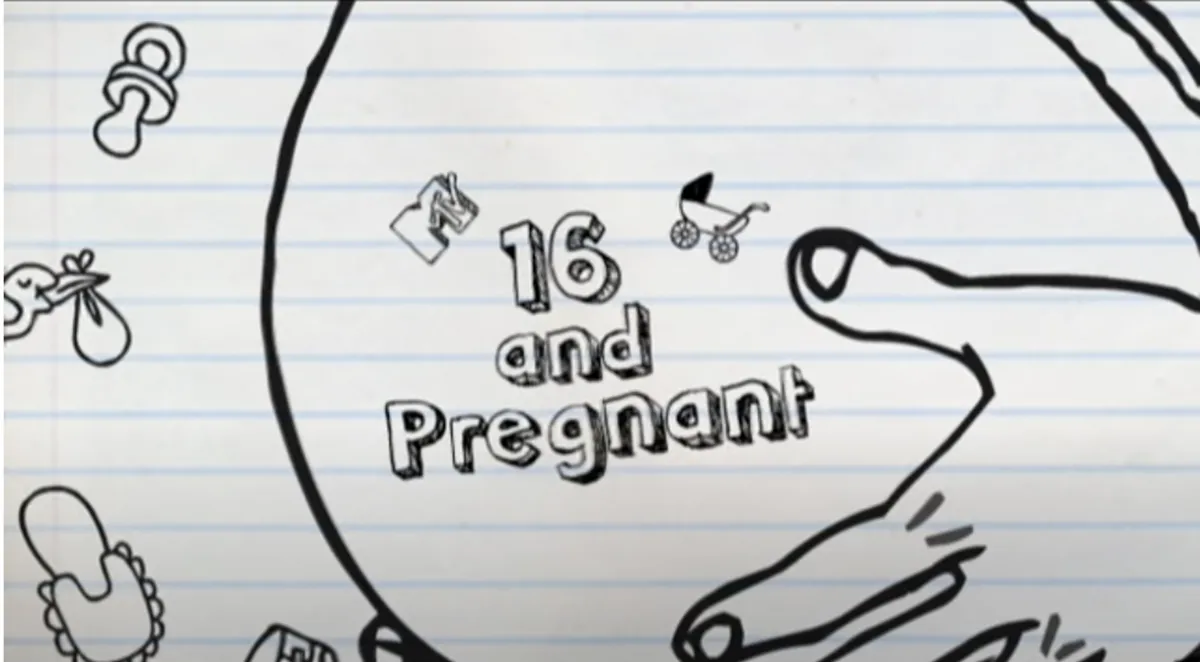‘The Power of the Dog’ Originally Had a Different, ‘Really Basic’ Ending
Jane Campion’s The Power of the Dog is a slow-burn, Western drama that has an ending which re-contextualizes everything. It’s a powerful ending that allows the audience to figure out what happened without directly telling them. However, the film’s editor, Peter Sciberras says that the original ending was a “really basic idea” and is proud the current ending won out.
‘The Power of the Dog’ ends with a hint of mystery

Spoiler alert for those who haven’t seen the ending. The Power of the Dog ends with the sudden sickness and eventual death of rancher Phil Burbank (Benedict Cumberbatch). A doctor confirms that Phil died from contact with anthrax, a confusing scenario as Phil was extremely cautious about getting near animals that may have had it. We then see Peter (Kodi-Smit Mcphee), holding a rope in a gloved hand, watching George (Jesse Plemons) and his mother (Kirsten Dunst) embrace outside of his window.
Campion’s direction hints that Peter killed Phil by giving him a cowhide from a cow that died from anthrax. However, nothing is confirmed, giving the ending a hint of mystery. It allows the audience to discuss amongst themselves what happened.
In an interview with The Wrap, Sciberras talks about the impact this scene had on the audience. He mentions that at a test screening, he could feel the audience “turning and talking to each other.”
“You could just feel that thing of audiences turning and talking to each other,” Sciberras said. “You know, saying, ‘What happened and who did it and how did he do it?’ That’s such a great gift to leave with audiences. It was the emotional context rather than the plot context – that was the thing that won out in the end.”
The original ending was more ‘basic’, according to Peter Sciberras
The original ending was a more direct confirmation that Peter is the one who killed Phil. According to Sciberras, it consisted of a “slow pan across Peter’s room” that would have landed on a “medical book” that contained the word Anthrax and its definition.
“It was a slow pan across Peter’s desk in his room, which showed a medical book on his desk,” Sciberras states. “And then the camera landed on the definition of anthrax in the book. And that was the last shot of the film.”
In Thomas Savage’s 1967 novel, it ends in a similar manner, with a long sentence revealing word anthrax and describing how the disease can enter someone’s bloodstream through damaged hands, especially after braiding a rope. While Campion adapts the novel faithfully, for the most part, Sciberras says that Campion knew the film’s ending would have a “whole different power to it.”
“Jane’s such a great editor herself,” Sciberras told The Wrap. “She just knew that ending the film and going to credits would have a whole different power to it this way. And it let her to do that thing she does so well – to investigate and turn up ideas and delve into all the gray.”
Best Adapted Screenplay nomination suggests the film’s ending works as is
Campion’s decision to go with the less explicit ending is paying off as The Power of the Dog has been nominated for Best Adapted Screenplay, amongst other nominations. In total, the film has 12 nominations including Best Actor, Best Supporting Actress, Best Supporting Actor, Best Picture, and Best Director for Campion. Sciberras is also nominated for Best Film Editing.
While the film is more slow-paced than others, the ending brings everything together and delivers a great payoff. You can watch The Power of the Dog now on Netflix before the Academy Awards on March 27.


